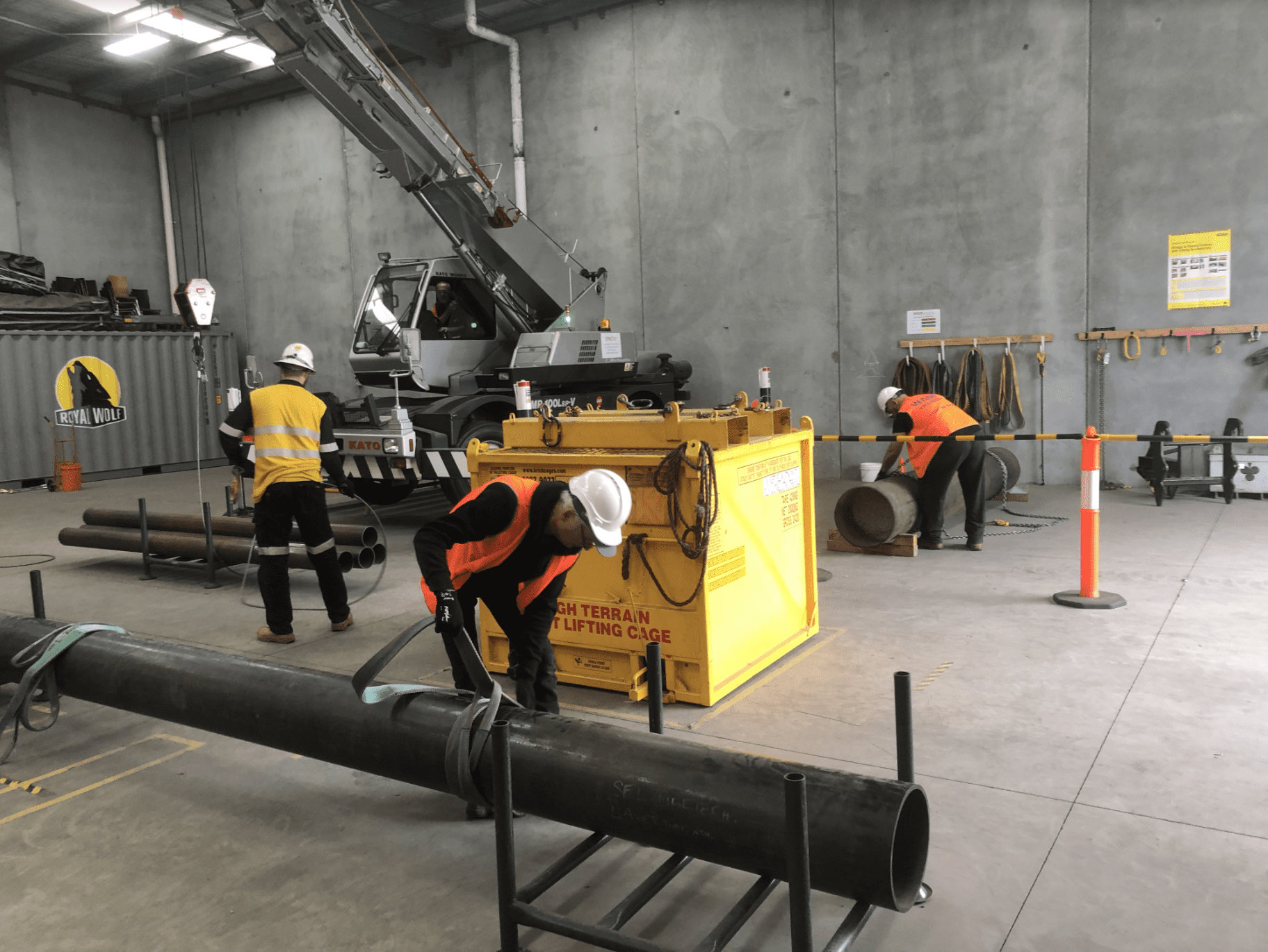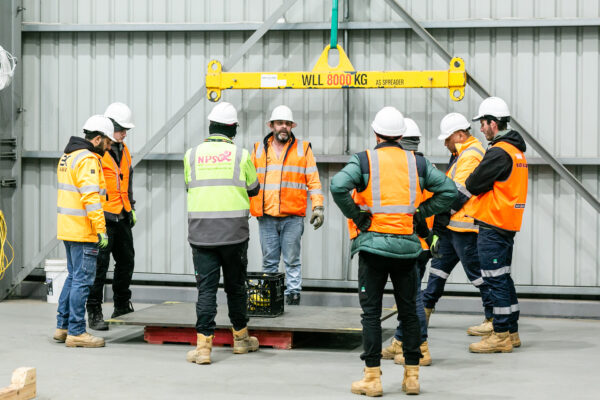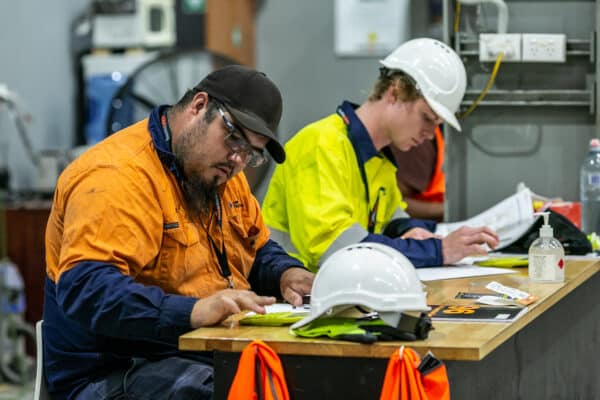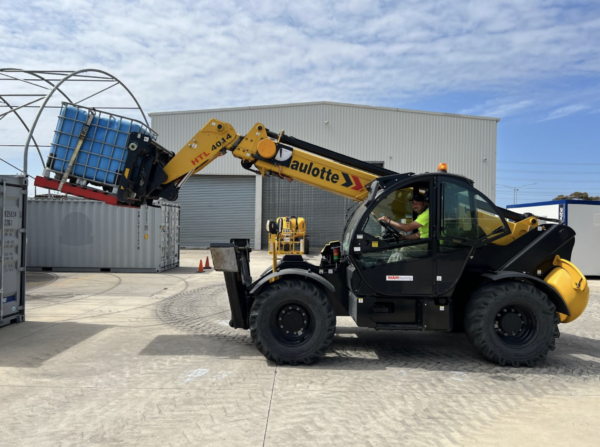
The subject of what work requires a dogging licence as per Victoria’s Occupational Health and Safety Regulations has been widely debated for many years.
WAM Training provides referenced position papers via blogs about Training, Worksite Culture and Safety for the Construction, Manufacturing and Mining sectors.
Several influential parties have taken the position that common everyday practices, such as the lifting of trench shields and pipes, do not require the person slinging the load to hold a current and valid dogging licence (that is – to be a ‘Dogger’). Other parties, including WAM Training, have positioned themselves firmly on the side of safety and regulatory compliance.
The Occupational Health and Safety Regulations 2017 (Vic.) sought to provide further clarification on the matter. Part 1.1 defines ‘dogging work’ as one or more of the following:
- the application of slinging techniques, including the selection or inspection of lifting gear, to sling a load
- the directing of a crane or hoist operator in the movement of a load when the load is out of the operator’s view
The same part of the regulations also defines ‘slinging techniques’ as:
those slinging techniques that require the exercise of judgment in relation to the suitability and condition of lifting gear, and the method of slinging, by consideration of the nature of the load, its mass and its centre of gravity.
On Tuesday 26th September 2017, WAM Training’s Director (James Sandman) and Compliance Manager (Aaron Monaghan) were accompanied by City West Water’s OH&S Coordinator (Barry Coburn) to meet with several members of WorkSafe Victoria’s Inspectorate to discuss dogging licence requirements in the context of civil works. At the meeting, WorkSafe Victoria took the following positions:
- Slings, including synthetic slings, flexible steel wire rope slings and chains must be inspected prior to each use, throughout each shift. I.e. if a sling is used for multiple lifts throughout a shift, if must be inspected multiple times.
- The person performing the sling inspection must hold a current and valid dogging licence, regardless of whether or not that person has received specific and/or additional training on sling inspection. I.e. even in cases where an inspection checklist is provided by the employer, the person inspecting the slings would still be required to exercise judgement throughout the inspection against the criteria in the inspection checklist, thereby making the task a licensed activity which should only be completed by a person who holds a valid dogging licence.
The WorkSafe Victoria Inspectors also added:
- The above points apply in all scenarios, however extra care should be taken to ensure rigorous sling inspection is performed by a person who holds a valid dogging licence throughout works where slings are exposed to environments in which sling damage is more likely to occur, such as the use of slings to lower pipes into trenches.
- Several applications for an exemption to the relevant sections of the regulations have been received by WorkSafe Victoria throughout past years. To date, no party has been able to propose an equal or safer alternative to the licensing intervention, and as such all applications to date have been denied.
- Having an application for an exemption to the regulations under review by WorkSafe Victoria does not put a stay on the regulations, and as such the regulations must be complied with whilst the application is under review.
It is clear that the intention of the regulations is to ensure that only individuals who have a dogging licence exercise judgement in sling selection, sling inspection and slinging methods, and that assessments as to the suitability of sling condition will always involve judgement.
Whilst WAM Training has always shared the views outlined above, we wish to reaffirm those views and ask all stakeholders to take a moment to think about what is at stake when the focus on site safety waivers, and to place your staff’s right to return home safely to their families and friends after every work day above everything else.
—
The advice provided in this blog is general in nature and should be considered in conjunction with legislation, Australian Standards, Codes of Practice, Compliance Codes and guidance from our health and safety Regulator




